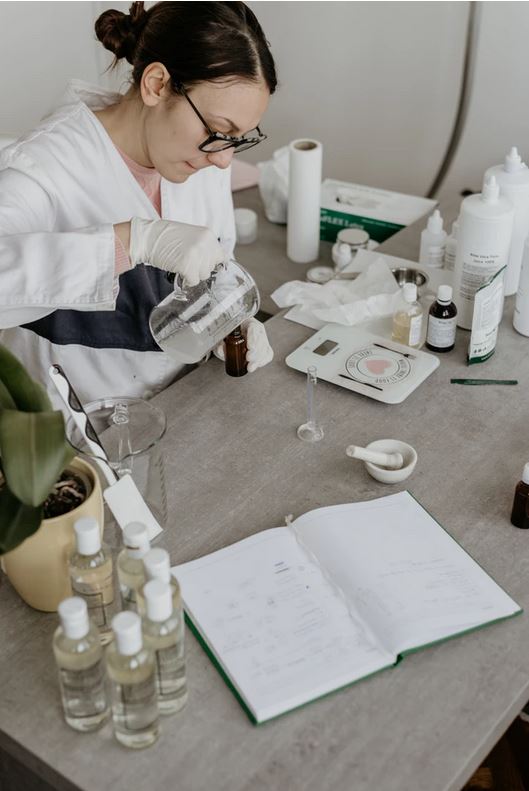Wastewater is fairly disgusting as a concept. It is defined as “used” water. That could be runoff from a factory or household. Wastewater is tested for contaminants to minimize its environmental impact. There are five pollutants that are often on the testing list.
Acenaphthene
Acenaphthene is the top pollutant on the Environmental Protection Agency’s list of priority pollutants that wastewater should be tested for. Acenaphthene is found in coal tar, as well as some plastics, dyes, and pharmaceutical products. It can be inhaled or passed through the skin. Acenaphthene is not soluble in water. Employees who may be involved in cleaning up this chemical require special hazmat suits and training to avoid exposure.
Chloroform
This chemical can actually be a byproduct of water chlorination. Chloroform could be found in paper and pulp mills as well as sanitary landfills. The chemical is liquid and colorless and has a very mild scent. It is expelled from the body very rapidly which makes it difficult to test for exposure. Sciental Solutions is a company that provides testing kits. These kind of kits could provide a more accurate read of how much chloroform and other chemicals are present in wastewater around your home or facility.
Chrysene
Chrysene is also known as Benzo(a)phenanthrene. This chemical is most commonly found in research laboratories. Chrysene is typically in a colorless or white crystalline form although it can also be gaseous. Because it is a carcinogen chrysene should be handled with the utmost caution. Inhalation or skin contact are the most common forms of exposure to this chemical. Chrysene does not burn. It should be extinguished with a dry chemical, CO2, water spray, or foam.
Silver
Silver is not just in jewelry. Silver nanoparticles also exist in toothpaste. These nanoparticles cannot be fully removed from wastewater treatment and indeed can mutate into sludge. Silver should be properly stored in drums to minimize spills.
Naphthalene
Naphthalene is a pesticide and was first introduced in 1948. It also exists in mothballs. This chemical is not water soluble. Naphthalene is difficult to neutralize. It is most easily identifiable by its smell. This is because it is primarily an aromatic hydrocarbon. Airing out contaminated items will help reduce the smell. Industrial de-greasers are also useful for the solid aspects of naphthalene.
Wastewater can seem overwhelming due to its scale. Educating yourself about pollutants goes a long way towards improving your response to spills and leaks of any size.



















